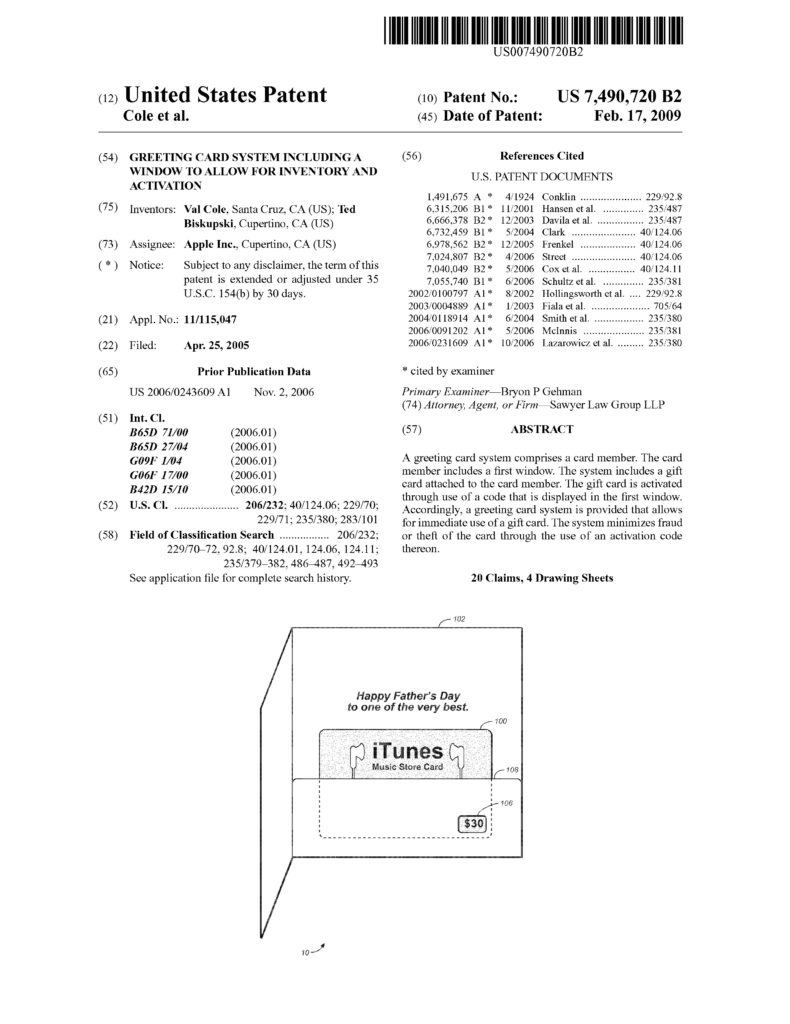In Anza Techttp://www.cafc.uscourts.gov/sites/default/files/opinions-orders/19-1045.Opinion.8-16-2019.pdfhnology, Inc. v. Mushkin, Inc., [2019-1045](August 16, 2019), the Federal Circuit reversed in part, vacated in part, and remanded, the district court determination that Anza’s second amended complaint was time barred by 35 U.S.C. § 286’s six year statute of limitations.
The district court granted Mushkin’s motion, ruling that the new infringement claims did not relate back to the date of the original complaint. The court explained that new infringement claims relate back to the date of the original complaint when the claims involve the same parties, the same products, and similar technology—i.e., when the claims are “part and parcel” of the original complaint. The court ruled that newly asserted claims of infringement do not relate back if the new claims are not an integral part of the claims in the original complaint and if proof of the new claims will not entail the same evidence as proof of the original claims. Because Anza acknowledged that Mushkin’s allegedly in-fringing activity all took place more than six years before the filing date of the second amended complaint, the court held that the effect of ruling that the second amended com-plaint did not relate back to the filing date for the original complaint was that all the asserted claims in the second amended complaint were time-barred.
At the outset, the Federal Circuit adopted the majority rule that the application of the relation back doctrine is reviewed de novo, while any underlying facts are reviewed for clear error.
The Federal Circuit notes that the Supreme Court interprets the relation back doctrine liberally, applying if an amended pleading relates to the same general conduct, transaction and occurrence as the original pleading, and that its predecessor, the Court of Claims, embraced a liberal, notice-based interpretation of Rule 15(c). The Federal Circuit said that that pertinent considerations bearing on whether claims are logically related include the overlap of parties, products or processes, time periods, licensing and technology agreements, and product or process development and manufacture. In determining whether newly alleged claims, based on separate patents, relate back to the date of the original complaint, the Federal Circuit said it would consider the overlap of parties, the overlap in the accused products, the underlying science and technology, time periods, and any additional factors that might suggest a commonality or lack of commonality between the two sets of claims.
The Federal Circuit rejected Mushkin’s argument that the withdrawal of all claims of infringement of the ‘927 patent indicates that the claims address different bonding techniques, noting that the asserted patent all share “the same underlying technology, . . . solving the same problem by the same solution.”
The Federal Circuit said that amended claims do not have to be the same as the original claims to relate back. Rather, the claims must arise out of the same conduct, transaction, or occurrence. The Federal Circuit concluded that the products implicated by all three complaints did relate back, but that the newly added products may not, unless they are sufficiently related. The Federal Circuit reversed as to the six products implicated by the original complaint, and remanded as to the two products added by the Second Amended Complaint.

